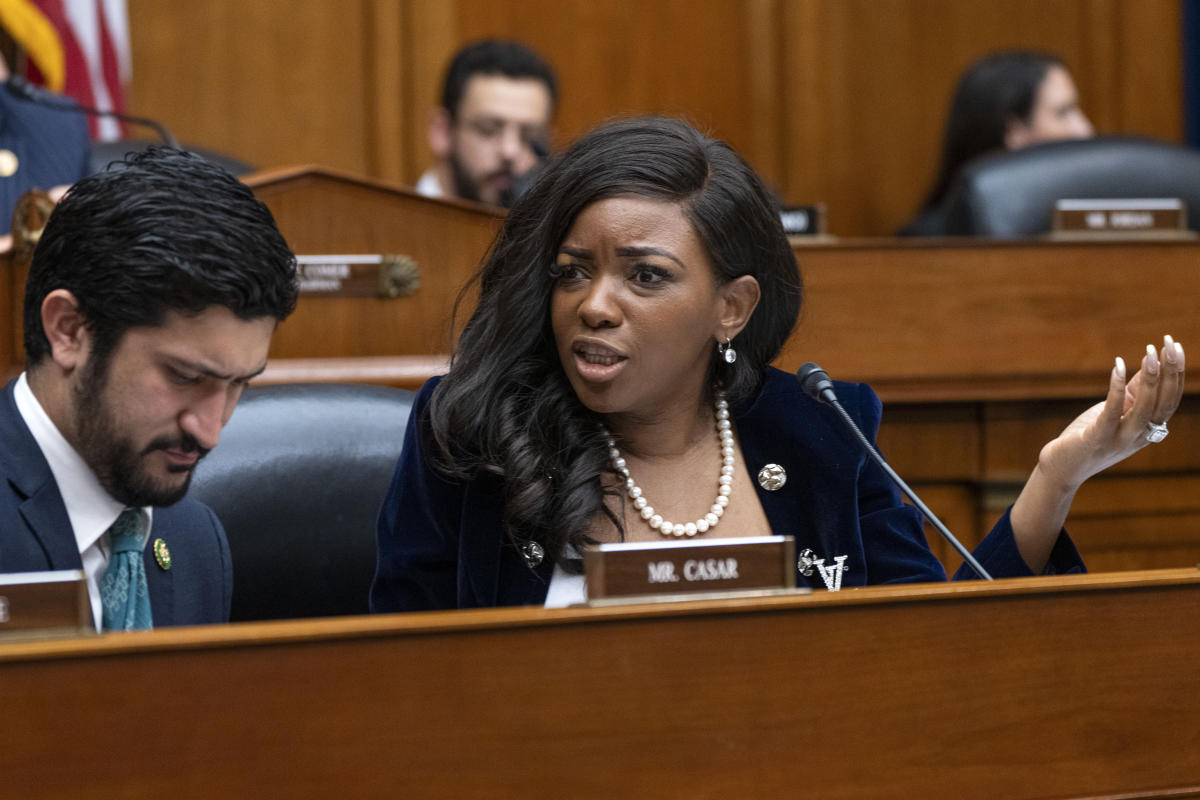Oh, and there’s a 200-foot-tall lizard terrorizing the country.
In this reboot of the 1954 “Godzilla,” filmmaker Takashi Yamazaki — juggling the jobs of writer, director and visual effects supervisor — mixes the tried-and-true beats of a modern blockbuster with the emotional and political tone of the original film. The result is nothing short of magical: a feast for the eyes, an entertaining epic in every sense of the word.
The film begins late at night, during the final days of the war at an isolated airstrip that is suddenly attacked by a mysterious creature. While many modern Godzilla adaptations lean into size and spectacle, Yamazaki prefers suspense, shooting from below to return the titular creature, or kaiju, to its horror roots. This Godzilla is, for the first time in a long while, genuinely terrifying. Only later does Yamazaki shows the rampage from a wider angle. The spectacle returns, but with an added edge: Godzilla is not a boxer going toe to toe in a ring with another kaiju, but certain death slowly inching toward you.
While the recent American Godzilla films (part of a monster-verse that includes King Kong and other so-called titans) have their strengths, their focus on science fiction, advanced tech and backstories involving ancient civilization has eliminated some of the human emotion of the original film. Here, it’s up to ordinary people, not other monsters, to stop Godzilla. This ups the emotional stakes.
Monster movies live and die by such investment of feeling — and it’s there that “Minus One” thrives. The first hour features little of the titular reptile, instead focusing on the connection between Koichi and Noriko, which begins with her handing him a baby as she runs from what we’re led to believe is an angry shopkeeper. Eventually, Noriko moves in, and they grow in fondness for each other in the wreckage of their country.
The first half of the film does most of the heavy lifting, establishing the intense sentiment that is essential for the second half. Even after Godzilla returns, the film’s tender core is carefully nurtured.
That’s not to say the spectacle isn’t also effective. The scenes of urban devastation are expertly choreographed and gorgeously shot (by Kozo Shibasaki). If, in some of the large-scale scenes, you can feel the impact of the film’s comparatively small budget, the majority of the effects are well-constructed. For example, the film’s rendering of Godzilla’s “atomic breath” — a blue-white beam that shoots out of its mouth — is astounding. The buildup to its first appearance is electric, a sensation of raw power that does not diminish as the effect is reused.
The Godzilla franchise had — and still has — deeply political implications. The 1954 film critiqued the Atomic Age and the effect of nuclear weapons on the planet broadly (and on Japan more specifically). That implication remains valid, with sequences in Tokyo eerily evocative of photographs of Hiroshima and Nagasaki. Layered on top of that is criticism of Japan’s imperial government and the military’s policy of self-sacrifice, underscored by Koichi’s refusal to “die honorably.”
The final act features some of the best blockbuster filmmaking in years. Naoki Sato’s score builds as repurposed Navy cruisers engage with Godzilla in open water. At their best, such action sequences operate like symphonies: individual instruments moving as one and responding to one another. When well orchestrated, they result in catharsis. Yamazaki achieves this, creating a climax reminiscent of the best work of action directors Kathryn Bigelow, James Cameron and Christopher McQuarrie.
“Top Gun: Maverick” showed us there’s still an audience for movies that combine concise and creative action with emotionally resonant characters. “Godzilla Minus One” is another reminder — and quite possibly the better movie of the two.
PG-13. At area theaters. Contains creature violence and action. In Japanese with subtitles. 125 minutes.

Sarah Wilson is your guide to the latest trends, viral sensations, and internet phenomena. With a finger on the pulse of digital culture, she explores what’s trending across social media and pop culture, keeping readers in the know about the latest online sensations.





